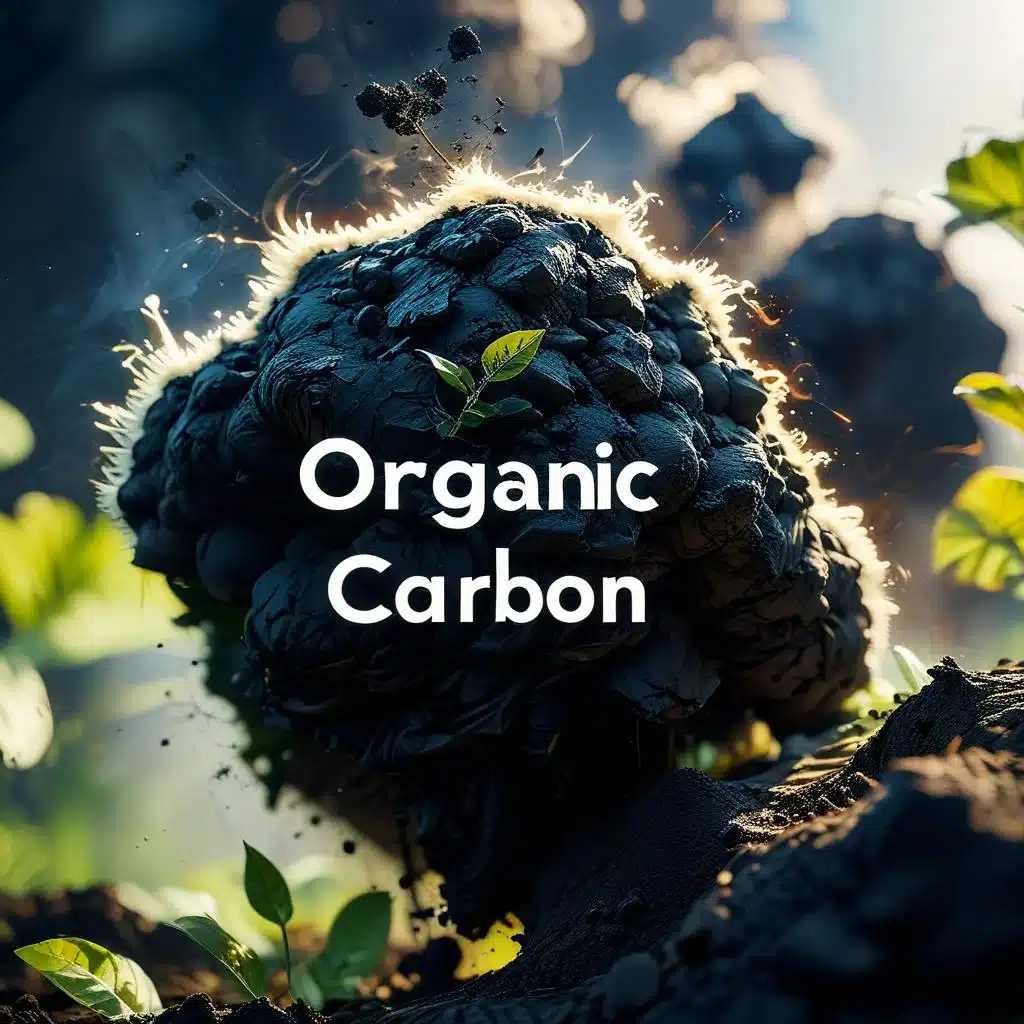Table of Contents
The analysis of Total Organic Carbon (TOC) serves as a tool in the realm of wastewater treatment. It offers insights into the composition of water samples and plays a pivotal role in overseeing and refining treatment procedures. By delving into how TOC analysis bolsters wastewater treatment processes, we can truly grasp its significance in upholding water safety and environmental preservation.
Understanding Total Organic Carbon
Total Organic Carbon denotes the measurement of all carbon content found within a water sample encompassing both dissolved carbon (DOC) and particulate organic carbon (POC). DOC refers to compounds existing as dissolved substances in water, while POC pertains to material either suspended or immobilized within the water.
Methods for TOC Analysis
Various methods are employed for Total Organic Carbon analysis in water samples. One used technique involves high-temperature combustion, where the sample undergoes combustion at a specific temperature, releasing carbon dioxide that is subsequently quantified using infrared detection methods. Another method entails chemical oxidation employing oxidizing agents, like potassium dichromate, followed by analysis.
Enhancing Wastewater Treatment Processes with TOC Analysis
1. Monitoring Process Efficiency
Through TOC analysis, wastewater treatment plants can effectively monitor the efficiency of treatment processes. By measuring the levels of carbon (TOC) before and after different treatment stages, operators can evaluate how effectively these processes eliminate organic pollutants from wastewater. This data helps them quickly spot any inefficiencies or operational issues.
2. Identifying the Origin of Contaminants
Measuring TOC levels not only gives insights into overall process performance but also assists in pinpointing where contaminants are coming from in a plant’s influent stream. By analyzing TOC concentration variances at process points, operators can pinpoint areas that need further investigation and potential enhancements.
3. Improving Biological Treatment Efficiency
One key benefit of TOC analysis is its role in enhancing biological treatment methods like activated sludge and trickling filters. These processes depend on microorganism growth to decompose pollutants. Monitoring real-time TOC levels allows operators to adjust factors such as aeration rates and nutrient dosing for a microbial environment.
4. Enhanced Process Monitoring
Automation of TOC analysis enables real-time monitoring and control of wastewater treatment procedures. Integrating online TOC analyzers into the system provides data for optimizing processes and effective management, allowing decision-making based on current conditions rather than sporadic sampling and lab tests.
5. Compliance with Regulations
All wastewater treatment facilities are required to adhere to the standards set by agencies. Checking the levels of Total Organic Carbon (TOC) is essential for meeting these regulations as it provides measurements of pollutants. By keeping an eye on and managing TOC levels, plants can reduce the risks associated with releasing amounts of organic substances into water bodies.
6. Efficient Resource Management
Implementing systems that incorporate TOC analysis helps wastewater treatment plants optimize resource allocation effectively. By assessing loads, they can use energy-intensive processes like activated sludge or UV disinfection systems only when necessary. This not only cuts down on costs but also lessens environmental impacts by avoiding unnecessary treatment steps.
7. Decreasing Chemical Usage
The analysis of TOC plays a significant role in reducing the dependence on harmful chemicals in wastewater treatment procedures. Through TOC measurements, operators can fine-tune the application of chemicals like coagulants, disinfectants and oxidants. This guarantees that only the required amounts of chemicals are used, thereby lowering expenses and lessening effects linked to usage. Furthermore, by monitoring real-time TOC levels, operators can swiftly address any fluctuations or spikes in content to prevent excessive chemical treatments if needed.
In summary
The analysis of Total Organic Carbon (TOC) plays a key role in improving aspects of wastewater treatment processes. Its ability to monitor the efficiency of processes, pinpoint sources of contaminants, optimize treatments, enable real-time control, ensure compliance with regulations and streamline resource allocation is highly valued in the field of wastewater treatment.
Thanks to advancements in technology, durable online TOC analyzers now simplify the integration of TOC analysis into operators’ operations. Given its advantages, it is evident why total organic carbon analysis has become a tool in the wastewater treatment sector, promoting safe and sustainable water management practices for our environment and communities.


